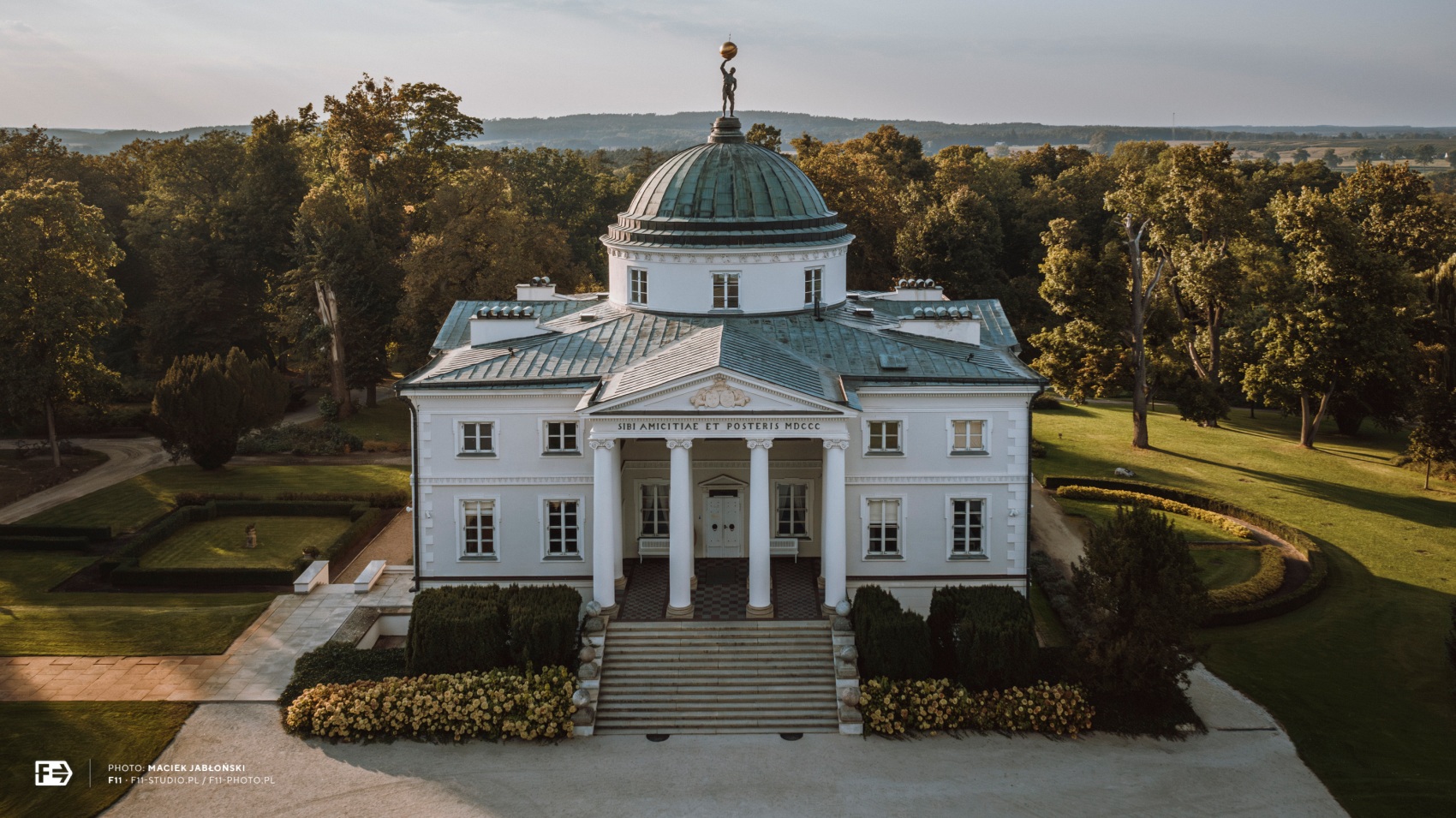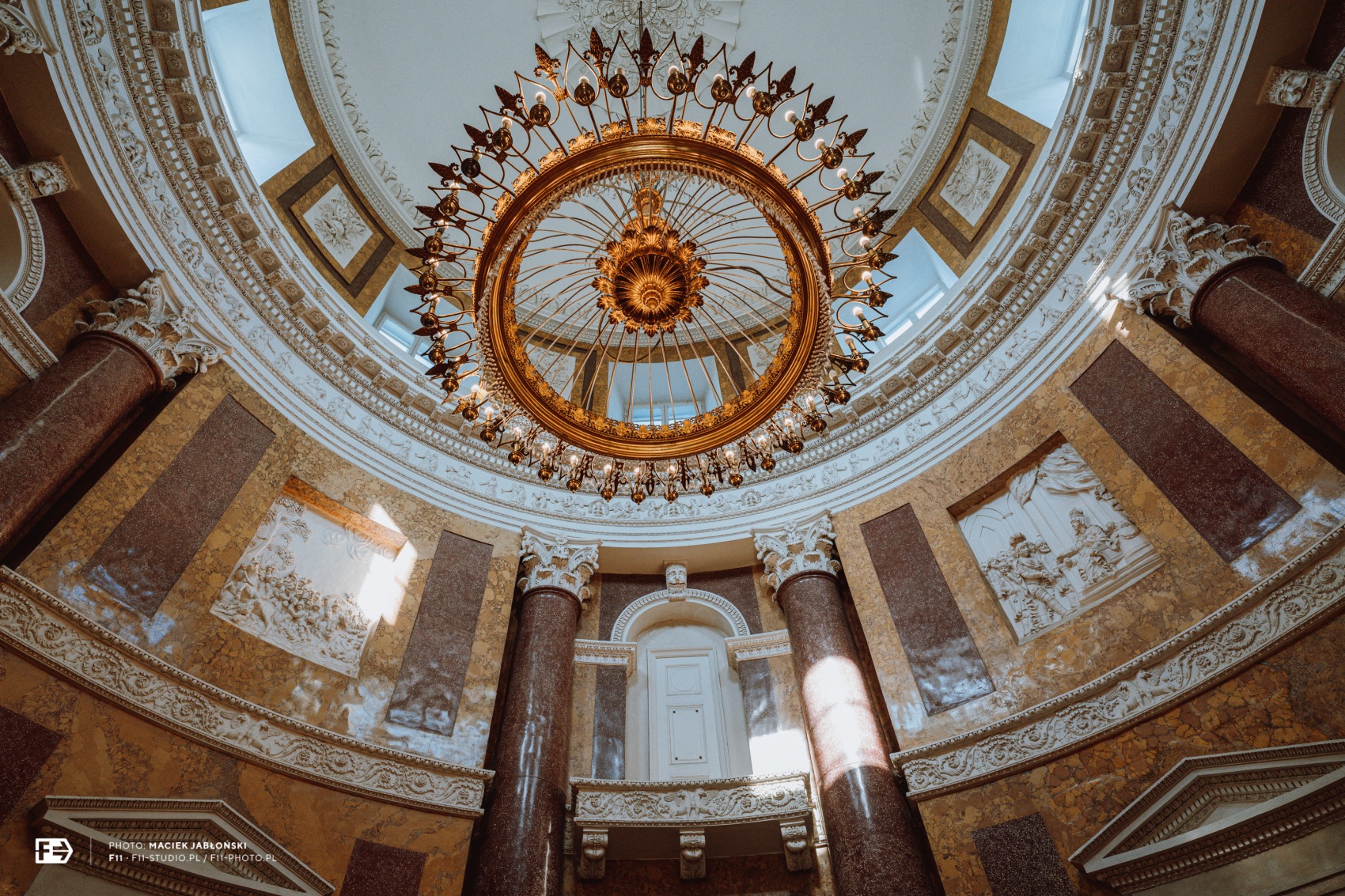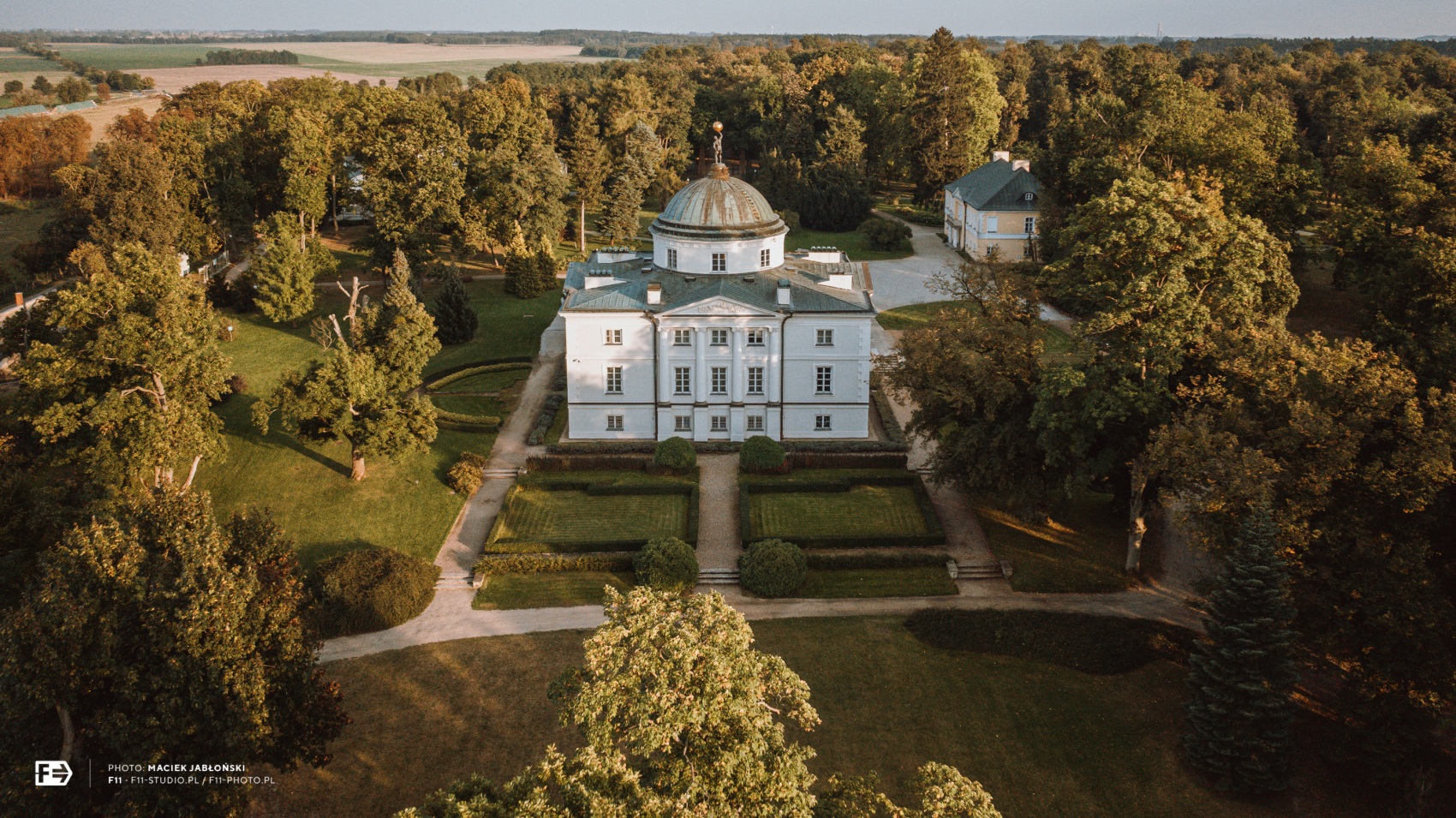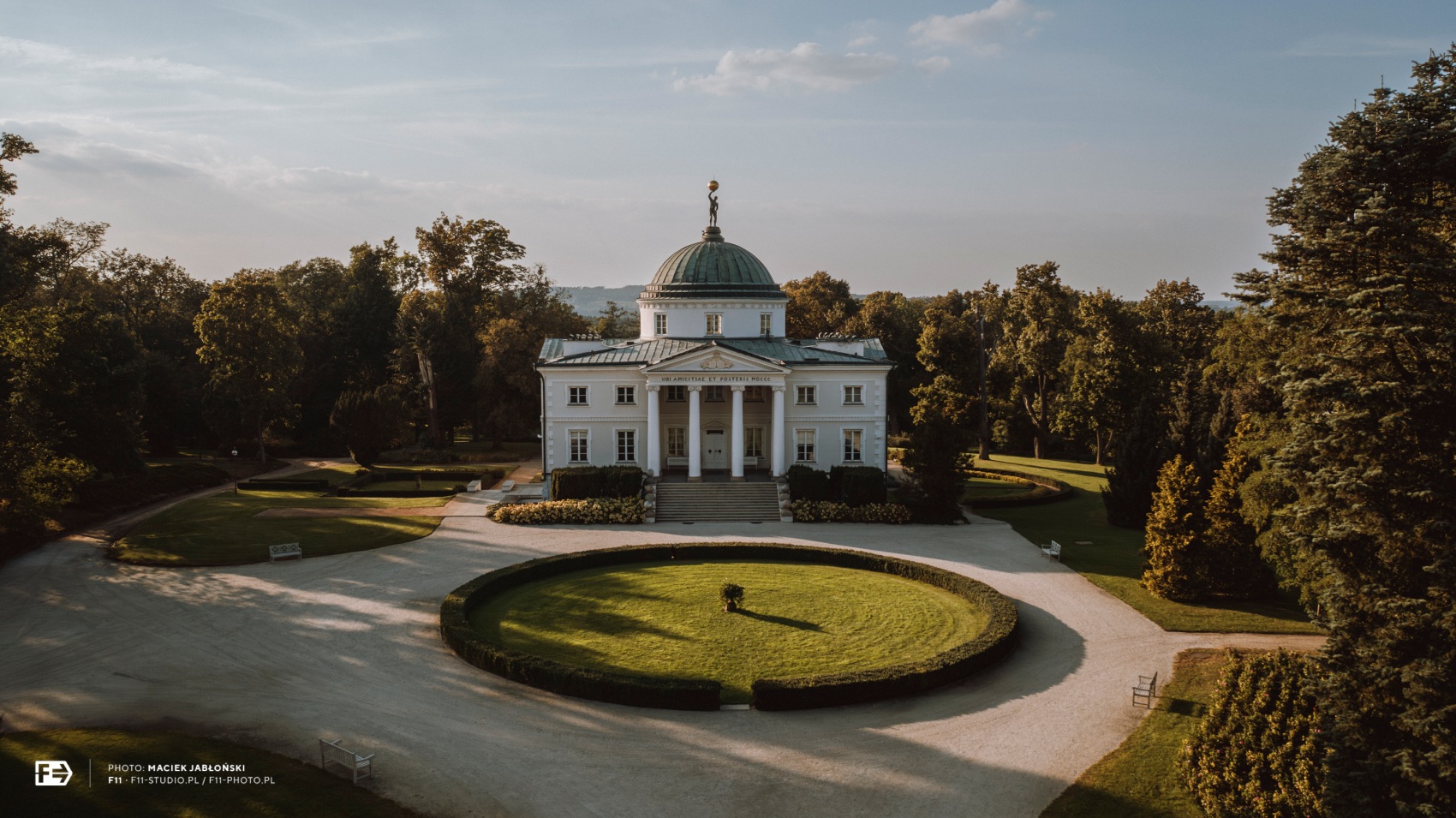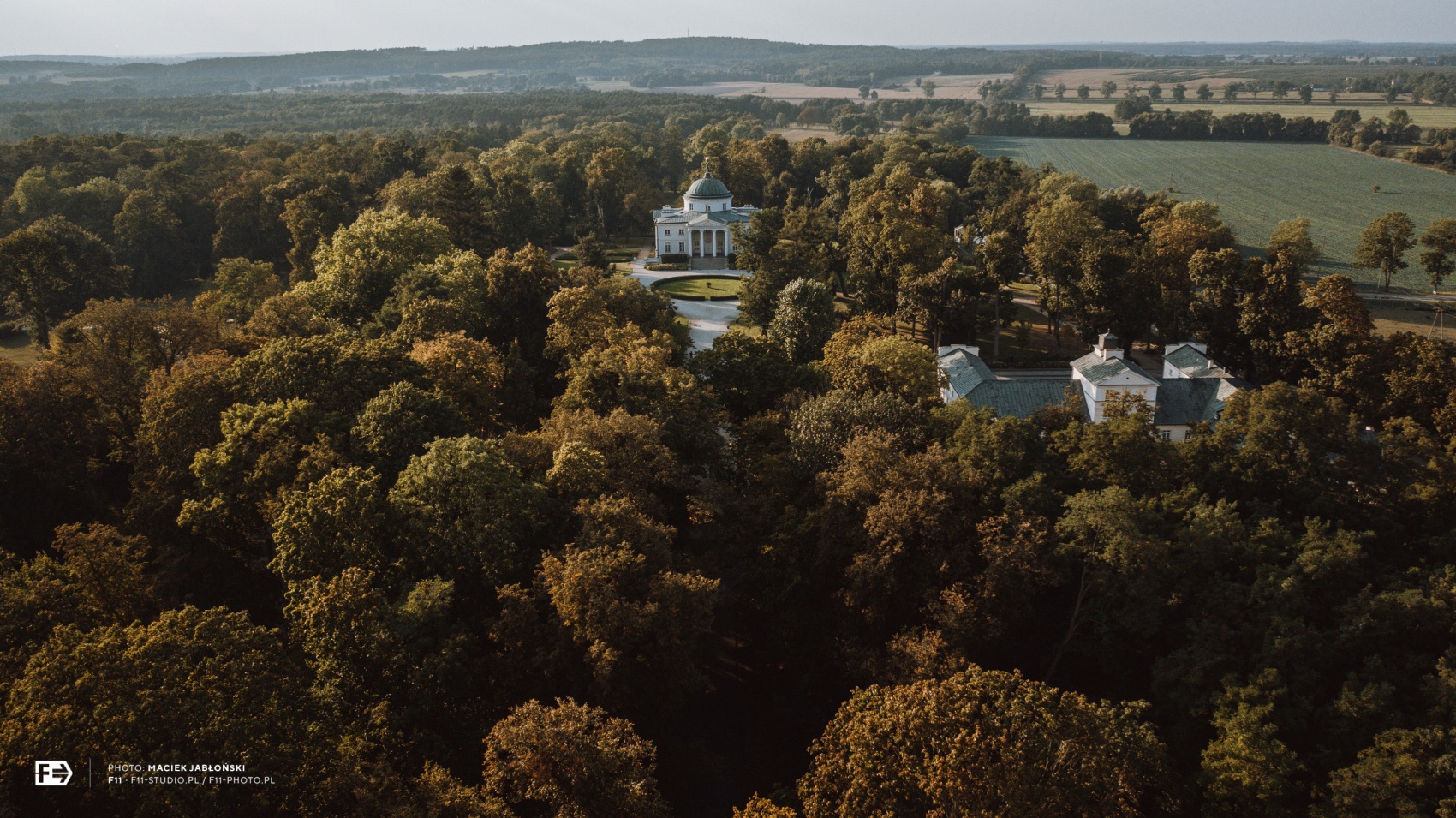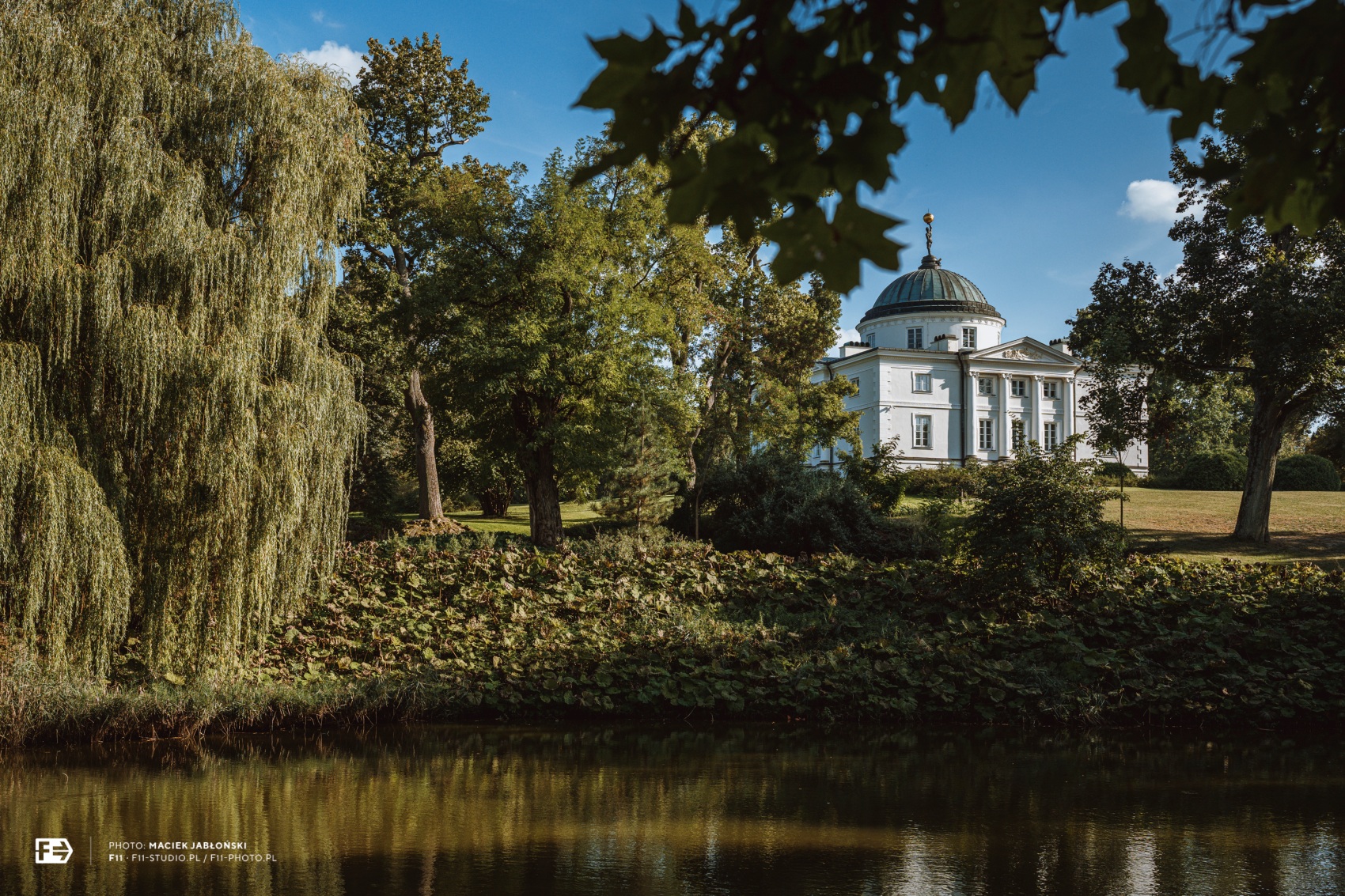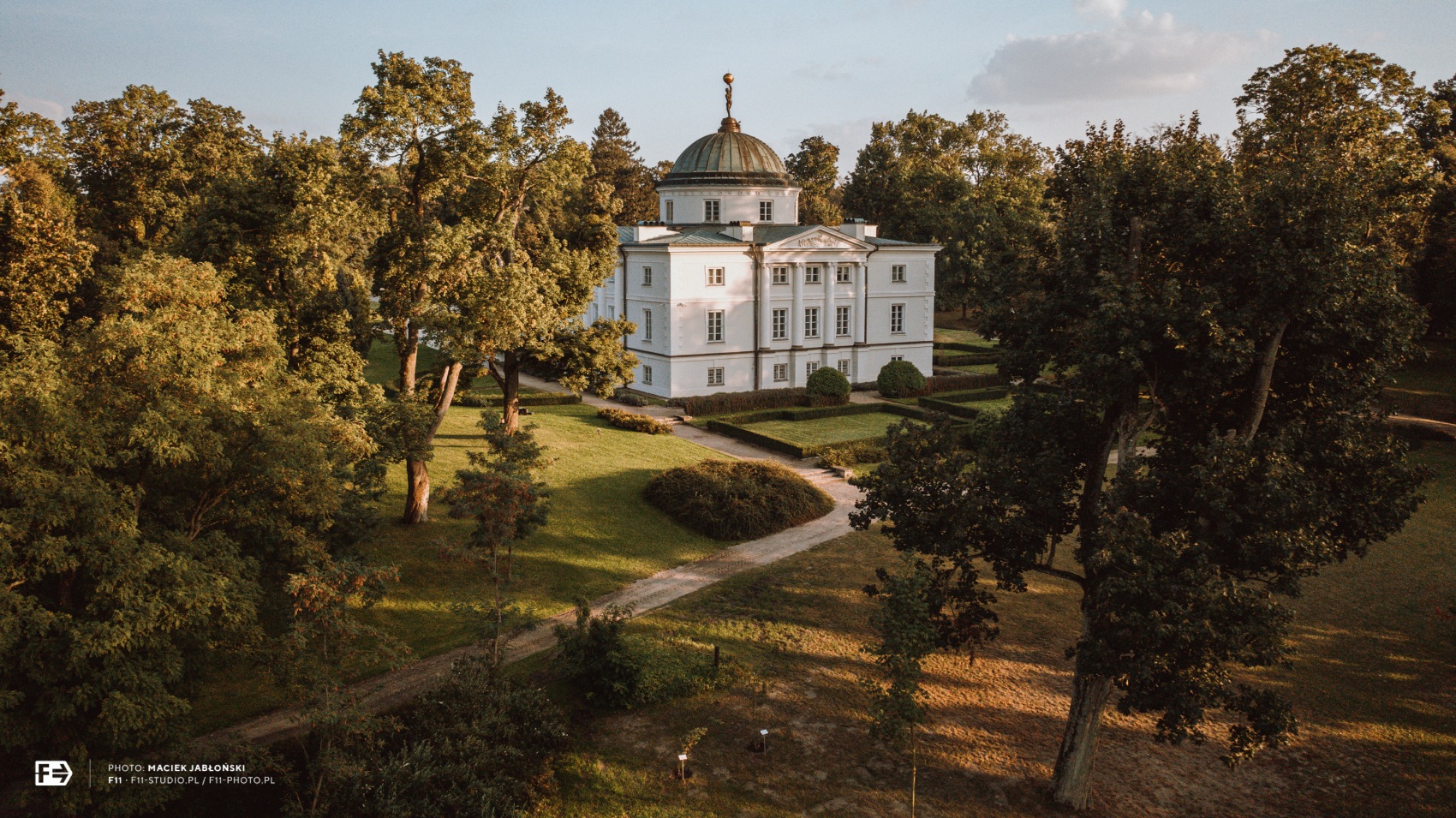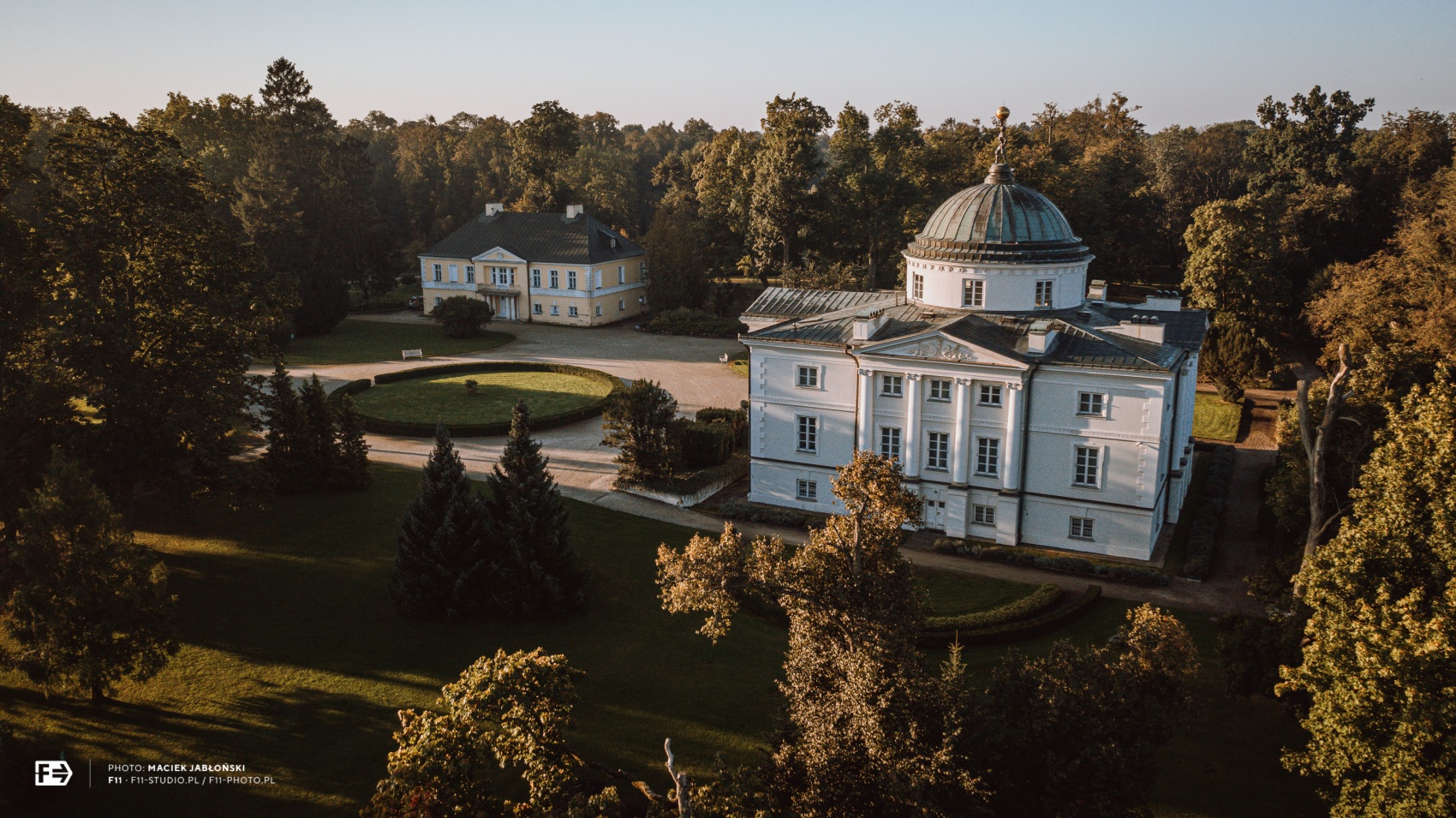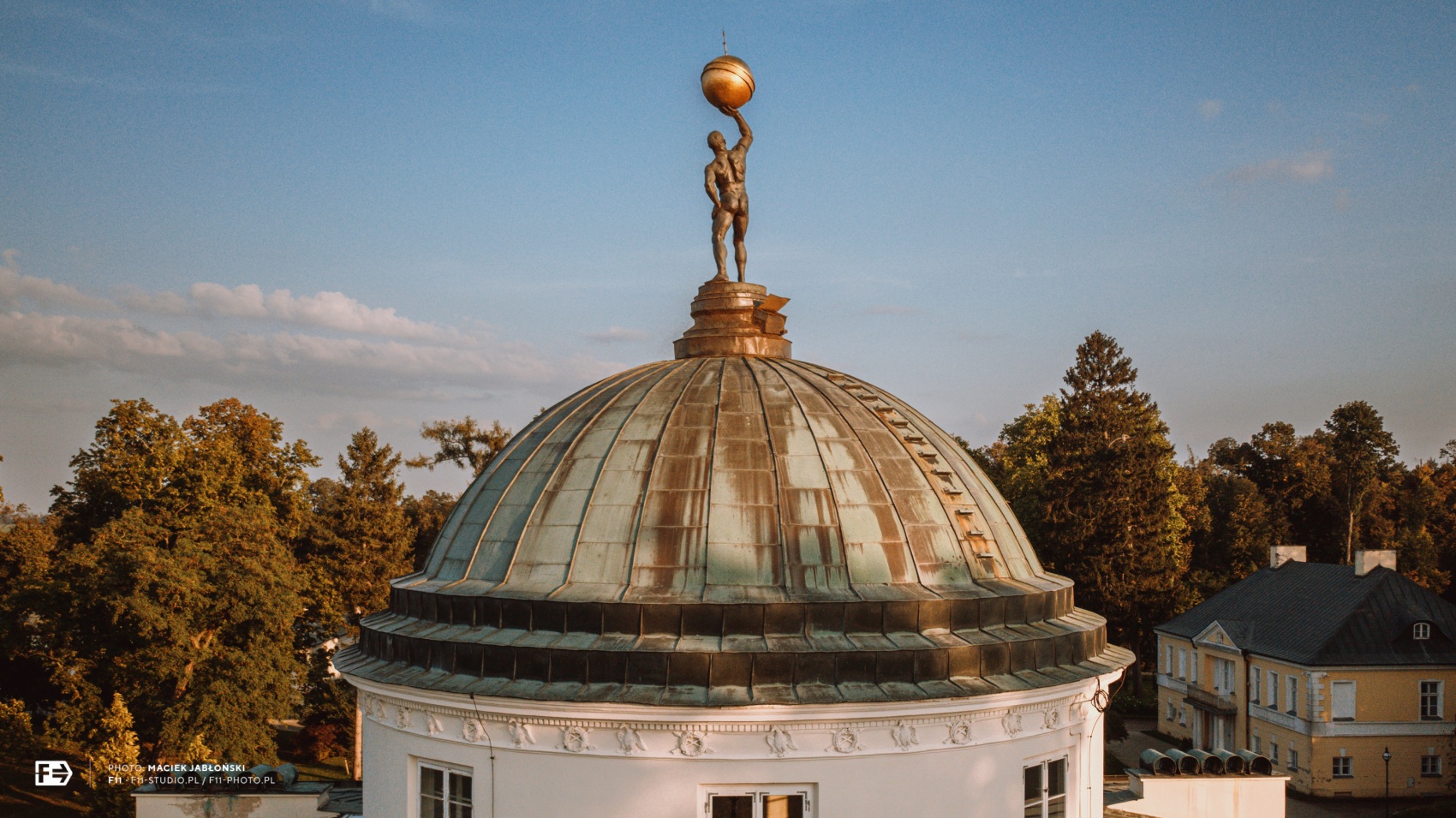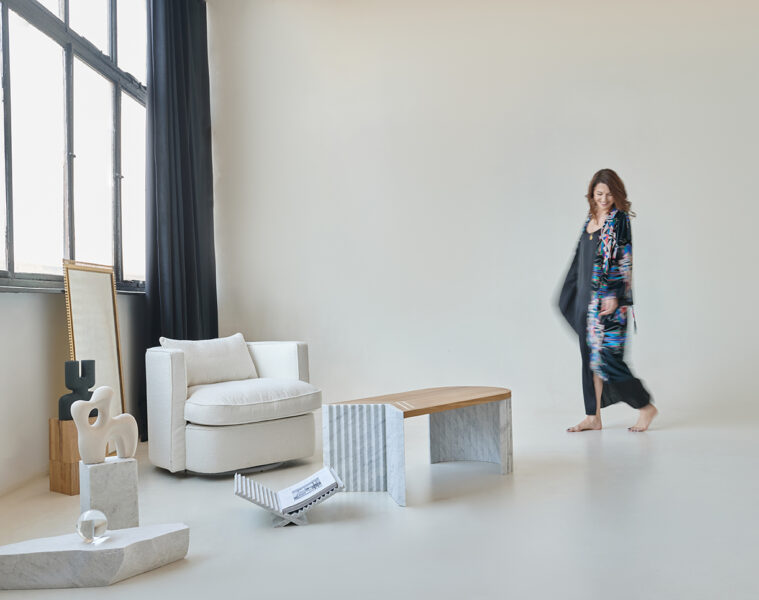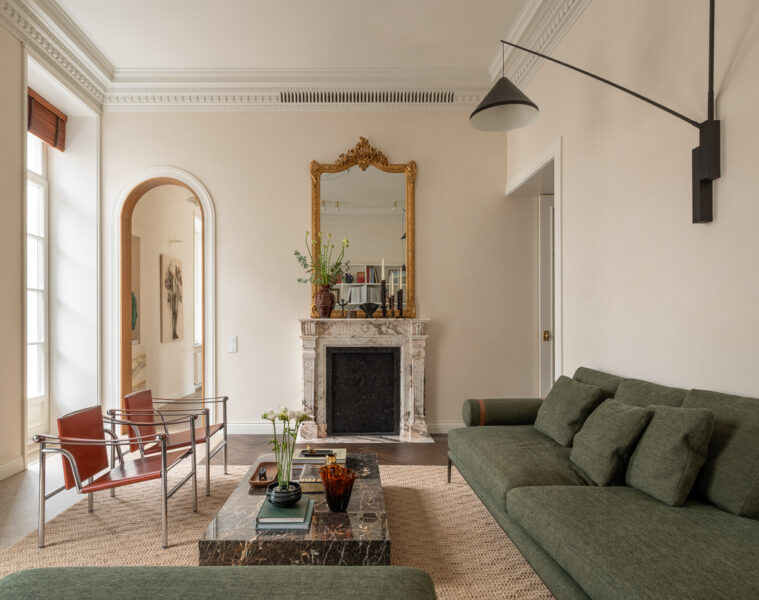The palace in Lubostron was built in 1800. It was designed by Stanisław Zawadzki and today the building is an example of classicism in architecture. The entire palace and park complex has been declared a monument of history.
It is already the 126th monument in Poland to have the title of a monument of history. The decision to enter the list of monuments of this rank was made by the President on 15 November 2023. The recognition of the building as a monument of history is not surprising. Today, it is an example of beautiful architecture from long ago.
Lubostroń is a small town located on the Noteć River, 30 km from Bydgoszcz. Its biggest attraction is the palace and park complex. The palace in Lubostroń is a former magnate residence. The building is surrounded by a park, which was designed in the style of an English landscape garden.
The architect designed the building inspired by “Villa Rotonda” by Andrea Palladio. Next to Warsaw’s “Królikarnia” (designed by Dominik Merlini), the Palace in Lubostron is the most outstanding surviving example in Poland referring to the famous Italian predecessor. – At the same time, it is the only authentic object of its kind in which the composition of the English landscape garden is stylistically coherent with the architectural form of the palace, creating together a unified whole,” informs the National Heritage Institute.
The building is also of great historical value. It was built by Fryderyk Skórzewski after his return from a stay at the court of King Frederick II of Prussia. The bases of the capitals and columns that were to be used earlier for the construction of the Temple of Divine Providence in Warsaw were used for the construction. The unique residence attracted famous names. Józef Wybicki, Stefan Garczyński, Erazm Rykaczewski and President Ignacy Mościcki visited here.
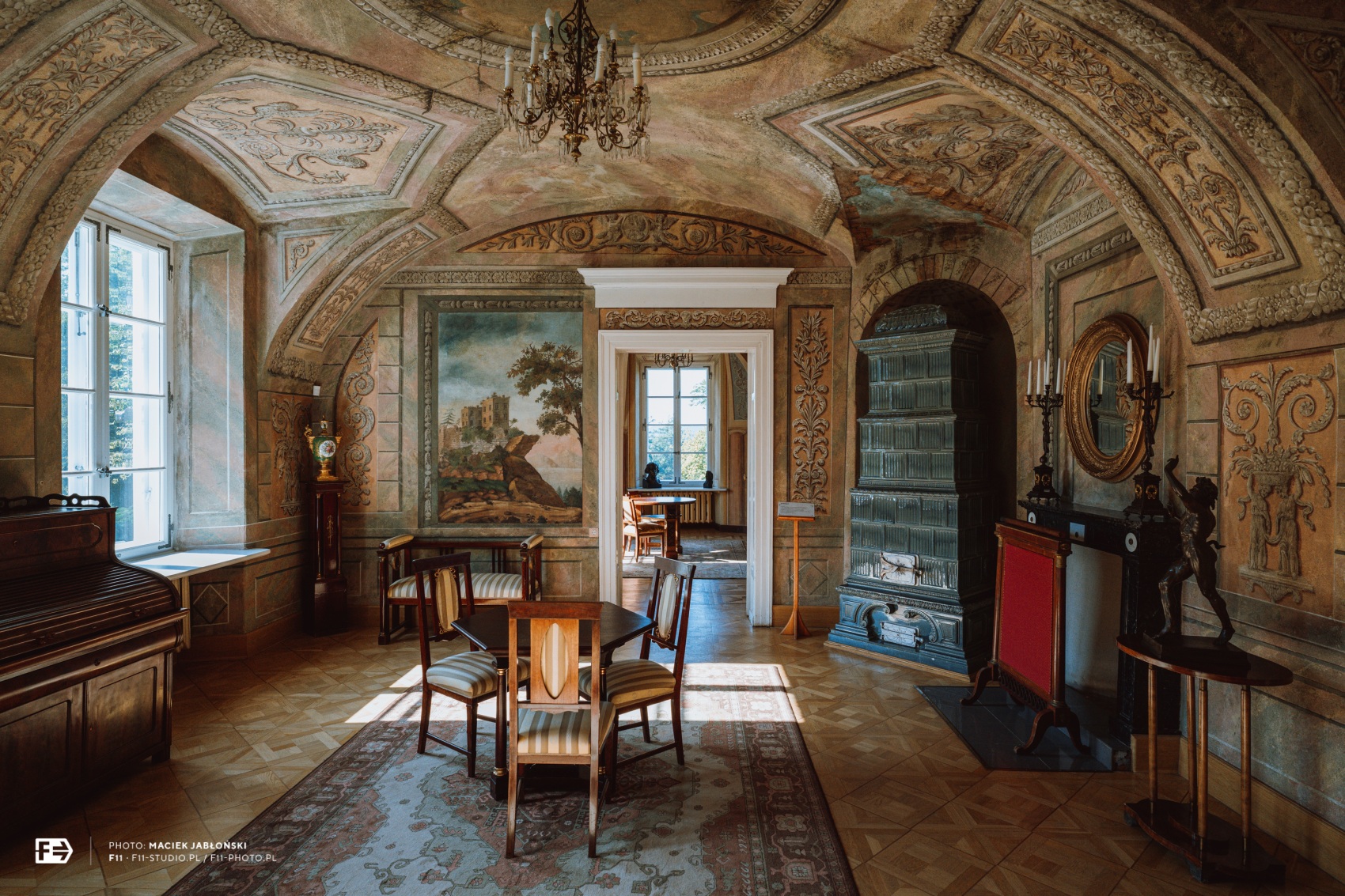
The building was not damaged, so today it can be seen in its full glory. The preserved old furniture and architectural details are impressive. The floor of the Rotunda Hall is laid in multi-coloured wood, with an image of the Eagle and Pogo in the centre. A significant element of the building is the dome, which is decorated with a sculpture of Atlas carrying a globe. It is the work of sculptor Władysław Marcinkowski.
The place can be viewed by anyone. The palace operates as a cultural institution and concerts, exhibitions and theatre performances are organised here. The venue has accommodation and a restaurant. A total of 42 beds in 18 double rooms and two triple rooms are available for guests. The offer is supplemented by five flats located in the main chateau and in the cottage in the park.
photo: Maciej Jabłoński, F11, NID collection
source: National Heritage Institute
Read also: Monument | Palace | History | Renovation | Architecture in Poland | whiteMAD on Instagram

